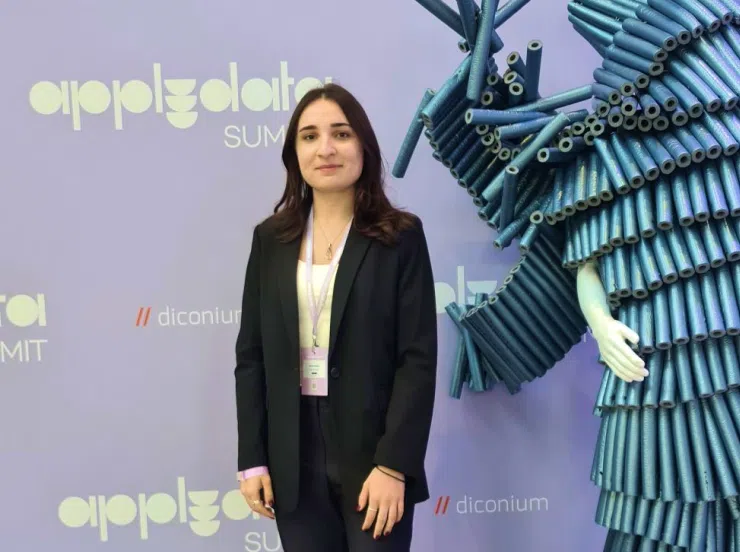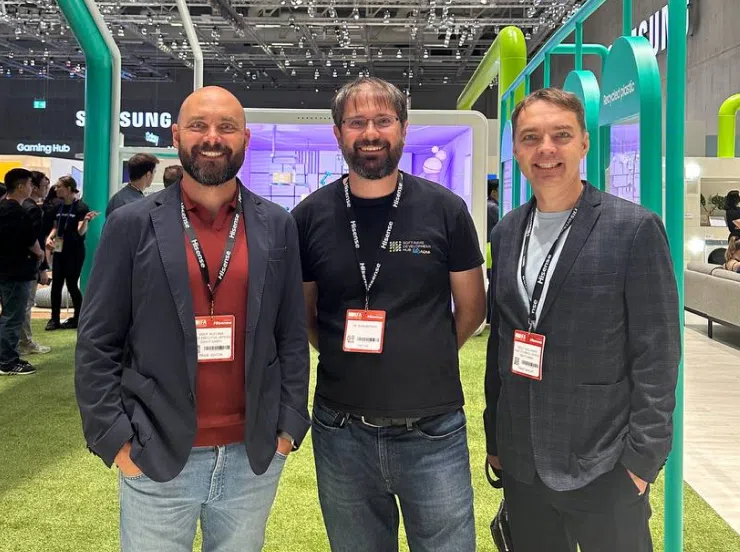How a Mobile App Developer Can Make Money from a Free App
As the mobile app industry continues to grow, developers face a common challenge: how to monetize their apps effectively, especially when offering them for free. In this article, we will explore various strategies and models that mobile app developers can employ to make money from their free apps.
Whether you're a seasoned app developer or just starting, understanding these monetization options is crucial for turning your app into a sustainable source of income. Earlier we have already written about what are the ways to monetize mobile apps, in this article we will look at monetization of free mobile apps specifically.
Mobile App Advertising
One of the most popular and straightforward ways to make money from a free app is through mobile app advertising. Advertisements can be displayed within the app's interface, providing a seamless user experience while generating revenue for the developer. Here are a few subcategories within mobile app advertising.
Banner Ads
Banner ads are small, static or dynamic advertisements displayed at the top or bottom of the app screen. Developers earn revenue based on the number of impressions, clicks, or conversions generated through these ads.
Interstitial Ads
These full-screen ads appear at natural breaks in the app's flow, such as between levels in a game or when transitioning between screens. They often offer higher payouts than banner ads but require careful placement to avoid interrupting the user experience.
Native Ads
Native ads blend seamlessly with the app's content, making them less intrusive and more engaging for users. Developers can integrate sponsored content or product recommendations into the app's interface.
Video Ads
Video ads are short video clips that users can watch in exchange for in-app rewards, such as virtual currency or premium content. Developers receive revenue from advertisers for each completed view.
Affiliate Marketing / Advertising
Affiliate marketing allows app developers to promote products or services within their app and earn a commission for each sale or action resulting from their referrals. By partnering with relevant affiliate programs, developers can monetize their app while offering users valuable recommendations.
In-App Purchases
In-app purchases (IAPs) enable developers to offer additional content or features for a fee within a free app. Common examples include virtual items, power-ups, ad removal, or premium subscriptions. Effective IAP implementation requires a balance between offering value to users and generating revenue.
Freemium Model
The freemium model offers a basic version of the app for free, with optional premium features or content available for purchase. This approach encourages users to try the app and decide whether they want to invest in the premium experience.
Premium Subscription Model
Developers can offer subscription-based access to premium content or features, providing a steady stream of recurring revenue. Subscriptions can be monthly, yearly, or based on different tiers with varying levels of access.
Pay to Download
While this model contradicts the concept of a "free app," some developers choose to charge users upfront to download the app. This can be an effective strategy for apps with a strong reputation or unique value proposition.
In-App Transaction Fees
For apps that facilitate transactions between users, charging a small fee for each transaction is a viable monetization strategy. This is commonly seen in peer-to-peer marketplace apps, payment platforms, and ticket booking apps.
Sales of Physical Goods and Merchandise
If your app is associated with a physical product or merchandise, you can use it as a sales channel. This strategy works well for e-commerce apps, event ticketing apps, and platforms selling branded merchandise.
User Data Monetization / Licensing
App developers can anonymize and aggregate user data to sell to market researchers, advertisers, or other interested parties. However, it's crucial to prioritize user privacy and comply with data protection regulations.
Gamification
Integrating gamification elements such as leaderboards, achievements, or virtual rewards can encourage user engagement and drive revenue. Users may spend money to gain an advantage or enhance their gaming experience.
Crowdfunding
Crowdfunding platforms can be used to generate initial funding for app development or ongoing support. In exchange for financial contributions, developers may offer exclusive access or perks to backers.
Hybrid Mobile App Monetization Strategies
Combining multiple monetization strategies can maximize revenue potential. For example, a free app can include in-app ads, in-app purchases, and a premium subscription tier, allowing users to choose their preferred monetization path.
Mobile App Monetization Tips for Your Business
To succeed in monetizing your free app, consider the following tips:
- Understand Your Audience. Know your users' demographics, preferences, and behavior to tailor your monetization strategy effectively.
- Balance User Experience. Avoid overwhelming users with ads or pushy monetization tactics, as it can lead to a poor user experience and churn.
- Test and Iterate. Continuously test different monetization strategies, placements, and pricing models to find the most effective combination.
- Leverage Analytics. Use analytics tools to track user engagement, conversion rates, and revenue generation, enabling data-driven decisions.
- Stay Updated. Stay informed about industry trends, new monetization options, and changes in user behavior to adapt your strategy accordingly.
- Build Trust. Prioritize user privacy and data security to build trust and maintain a loyal user base.
In conclusion, mobile app developers have numerous monetization options to choose from when offering a free app. By understanding your audience, carefully implementing monetization strategies, and staying adaptable, you can turn your free app into a profitable venture while delivering value to your users.
The company Software Development Hub will help develop a monetization strategy for a free application and implement it in practice. An in-depth analysis of the client’s activities, an individual approach to constructing tasks and an understanding of the customer’s needs allows us to create products with which you scale your business.
Categories
Share
Need a project estimate?
Drop us a line, and we provide you with a qualified consultation.







